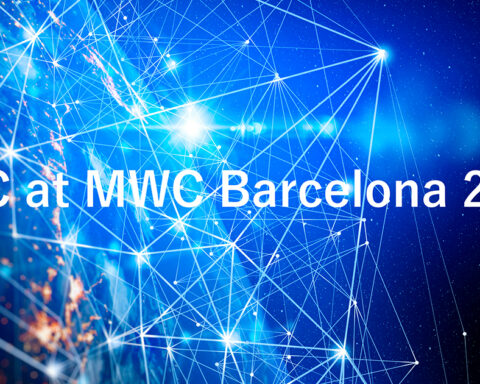In a groundbreaking announcement today, Apple has introduced a suite of cutting-edge software tools and technologies aimed at empowering developers in their pursuit of creating immersive app experiences for the Apple Vision Pro. Representing a significant leap into the realm of spatial computing, the Apple Vision Pro promises users a novel way to interact with digital content within their physical surroundings, utilizing natural inputs like gestures, voice commands, and eye movements.
At the heart of this technological marvel lies visionOS, the world’s first spatial operating system, seamlessly merging the digital and physical worlds to unlock boundless possibilities. By harnessing the power of visionOS, developers can delve into a whole new class of spatial computing apps, offering users extraordinary experiences that blur the boundaries between reality and virtuality. The expansive canvas provided by Vision Pro serves as a fertile ground for creativity and innovation, granting developers the freedom to shape the future of app development.
The visionOS SDK equips developers with a formidable arsenal of advanced tools, bestowing upon them the ability to craft immersive app experiences across a wide spectrum of categories, including productivity, design, and gaming. To further nurture this creative ecosystem, Apple plans to establish developer labs in key global locations such as Cupertino, London, Munich, Shanghai, Singapore, and Tokyo. These labs will provide developers with invaluable hands-on experience, allowing them to test their apps on Apple Vision Pro hardware and receive support from Apple’s esteemed engineers. Moreover, developers can apply for developer kits, expediting the development, iteration, and testing process of their apps directly on the Apple Vision Pro platform.
Building upon the foundations of familiarity, developers can leverage existing frameworks from other Apple platforms, such as Xcode, SwiftUI, RealityKit, ARKit, and TestFlight, to unlock the full potential of the Apple Vision Pro. These robust tools enable the creation of various app types, ranging from windows with depth and 3D content to fully immersive spaces with unbounded 3D elements. To ensure stunning visuals, developers can utilize the Reality Composer Pro tool available with Xcode, optimizing their 3D content for visionOS apps and games. Additionally, the visionOS simulator allows developers to explore and test their apps within simulated room layouts and lighting conditions, providing a realistic environment for refinement. Accessibility features are seamlessly integrated into every developer framework, guaranteeing inclusivity and ensuring that users of all abilities can benefit from these groundbreaking experiences.
Starting next month, developers leveraging Unity’s powerful authoring tools for building 3D apps and games can seamlessly port their Unity apps to the Apple Vision Pro, harnessing its immense capabilities and reaching a broader audience. Members of the esteemed Apple Developer Program can gain access to the updated visionOS SDK, Xcode, Simulator, and Reality Composer Pro through the developer.apple.com platform.
Commenting on the launch, Susan Prescott, Apple’s Vice President of Worldwide Developer Relations, expressed her excitement about the transformative potential of the Apple Vision Pro. Prescott highlighted how familiar frameworks, combined with innovative tools like Reality Composer Pro, empower developers to unleash their creativity and create unique experiences for users. The spatial computing capabilities of the Apple Vision Pro open up new vistas for developers, enabling them to connect, boost productivity, and offer novel forms of entertainment.
With the introduction of the visionOS SDK, Apple once again reaffirms its commitment to pushing the boundaries of technology and providing developers with the tools they need to shape the future. As the developer community embraces this new era of spatial computing, the world eagerly awaits the remarkable experiences that will emerge from this groundbreaking collaboration between technology and human ingenuity.






